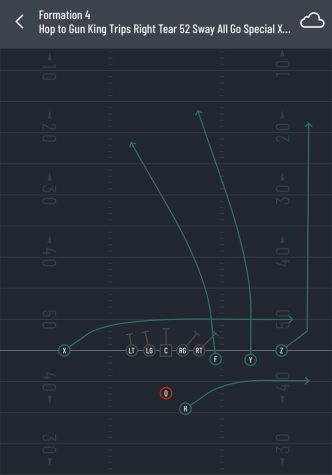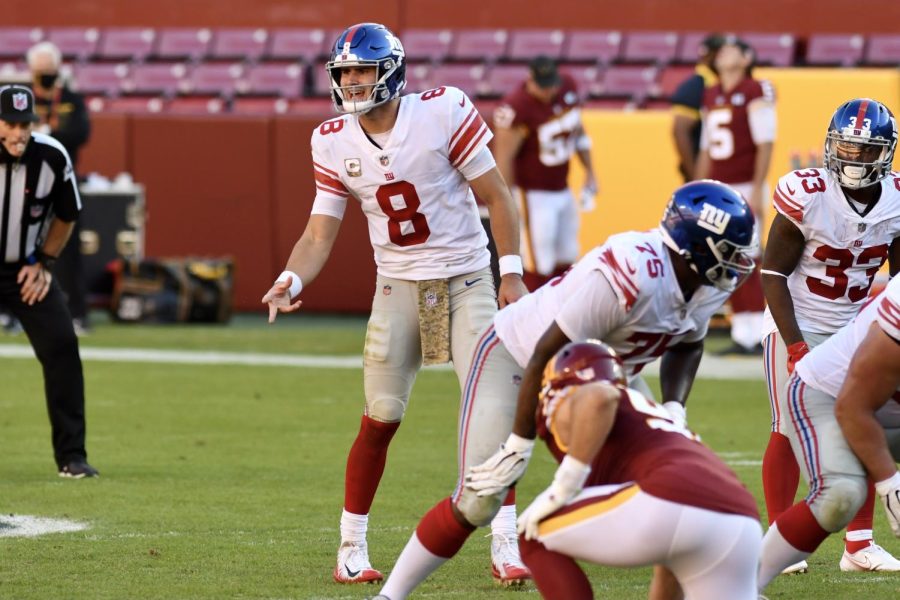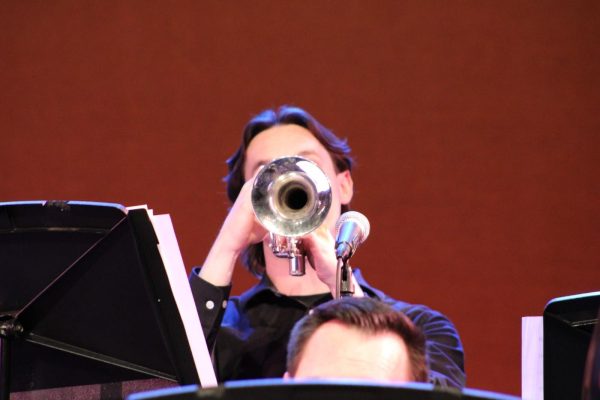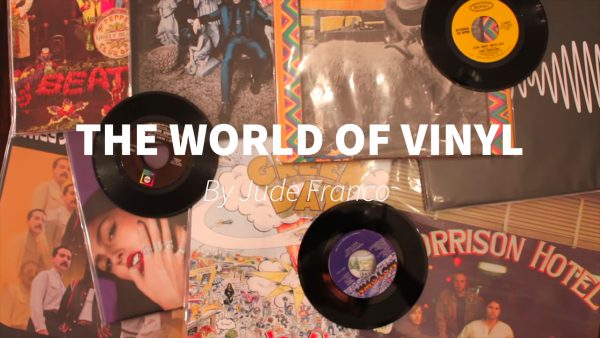How to break down a play call in football
The language only NFL coaches and quarterbacks understand
Brown Right A-Right Flanker Short Post Two Jet Dino X-Shake Y-Shallow Cross.
Sounds complicated, right?
NFL coaches and quarterbacks have studied play concepts and calls for most of their football lives. Trust me, it’s not as hard as it’s made out to be. Although I’ve only played flag football for a club team, we ran a pro-style offense and most of my teammates explained the verbiage and terminology to understand it easier.
Memorizing a playbook with 75-120 plays is overwhelming to say the least. Now, throw in 15-30 new plays for a certain team you’re playing against and another 10-15 new checkdowns per game for an entire season just to add into the mix, sometimes a cheat sheet is required.
To top it off, when a play is called in a game, the quarterback has 40 seconds to call the play, relay it to the huddle, get to the line, set and snap the ball without a penalty.
Head hurting yet?
NFL Super Bowl-winning head coach Brian Billick admitted, “Sometimes I think we as coaches add more words in than we need because it sounds good. It makes us sound more intelligent – we’re speaking a language that no one else can speak.”
Like everything in life, when you break it down into chunks, it’s more manageable to understand and remember. Here’s how to break down and understand an NFL play call.
An NFL and college play call often goes in this order: formation, play type, offensive line protection scheme and cadence. Each coach may have their own system of verbiage, but NFL play calls will have these four details in the play.

For all intents and purposes, I’ll be using the same play throughout the step-by-step breakdown.
“Hop to Gun King Trips Right Tear 52 Sway All Go Special X-Shallow Cross H-Wide.”
This play was used by the New Orleans Saints and has been a staple pass concept for the Saints with Hall of Fame quarterback Drew Brees pulling the trigger and Hall of Fame coach Sean Payton dialing up the genius play design.
1. Hop to Gun King Trips Right (Formation)
- Hop tells the running back that he will start on the opposite side of the formation and come across the other side before the ball is snapped. This is to help disguise the play and help the offense key in if the defense is playing man or zone defense.
- Gun King Trips Right is the formation that tells everyone where to line up. As indicated before, you are in shotgun formation. King tells the running back to align on the strong side as the Trips Right. Trips Right means three wide receivers on the right side of the formation.
2. Tear 52 Sway (Protection Scheme)
- Sway tells the running back he has no pass protection for this play. In fact, it tells him he’s a live receiver and will run a route.
- Tear 52 means the offensive line has to slide its protection toward the interior. The number, 52, indicates anticipating a middle linebacker or a blitzer to come up the middle, so this tells the offensive line to pick up the blitzer.
3. All Go Special (Play Type)
- It’s a pass play. All running plays won’t have any route responsibilities after the play type. Since this is a pass play, you as the quarterback will have to tell the wide receivers what route they will be running. Usually the play concept is enough to tell the receivers their jobs but it is customary to have two routes, normally your first and second read, to follow.
- Special indicates to the F-Receiver that he has to put pressure on the safety and run the vertical route in front of him. Without the special, it would indicate the receivers to run all go-routes.
4. X-Shallow Cross H-Wide (Routes/Cadence)
- Some plays don’t have routes included in the play because some concepts, like All Go, are self-explanatory. Because of Special, we include the modified routes.
- The X receiver is your go-to guy. In this play, he will be your first read running a shallow cross route. You run two yards off the line of scrimmage and run flat across the field.
- The F receiver is your second read. In this play, he will run a vertical route in between the two safeties if it is man-to-man defense or cross the strong safety’s face to clear space underneath or for the other two vertical routes to have one-on-one coverage if it is zone defense.
- The H is your checkdown. As indicated earlier by Sway, he is a live receiver running a wide route where he extends out to the flat on the right side and runs upfield.
- The Y and Z receivers are seldom ever thrown to. They strictly keep the defense honest and preoccupied with something else happening on the field. Decoys. Sometimes the secondary will get too nosy and pay attention to the running back out of the backfield and lose the two go-routes in coverage.
- The cadence is on one. Altered cadences will be indicated at the end of the play, usually labeled with a color.
- Example: Hop to Gun Blue King Trips Right Tear 52 Sway All Go Special X-Shallow Cross H-Wide.
- Blue signifies to the offensive line to snap the ball on a “Blue (number)” and that any other snap count is a dummy count to get the defense offsides.
Feel like you’ve got it down? Well that’s just for one play. Remember there are pre-snap reads prior to the snap, checks on the protection in case it’s loud and there’s a miscommunication and there are audibles if the defense is in a different look that the quarterback doesn’t like.
Imagine, some professionals and student-athletes have multiple coaching changes yearly and relearning an entirely different system. Then you remember Pro Football Hall of Fame quarterbacks like Peyton Manning ran their team’s entire offense and played for championship-winning head coaches like Bill Walsh under the West Coast offense that have an entirely different terminology than most teams. Coaching disciples keep some of its verbiage, but changes are added to distinguish systems.
Playing quarterback is one of the hardest positions because of the mental demand it requires. That’s why they get all the blame and glory. Defense may win championships, but without an elite quarterback to understand the play call, you can’t score the ball.

Email: [email protected]












